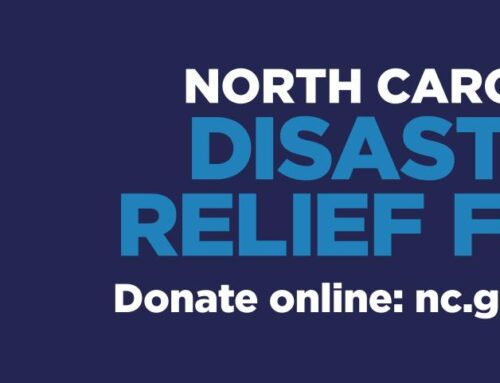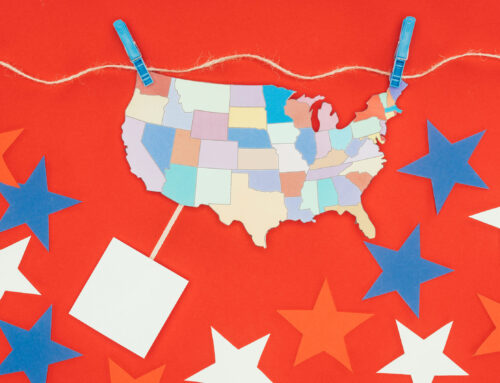As I revise my first book, The Nonprofit Marketing Guide, I am updating the chapters with newer approaches that weren’t commonplace 10 years ago when I originally wrote it. For example, in the chapter about defining your target communities, I spent a lot of time on personas. I’m leaving that content in there, but also mentioning Empathy Maps and Journeys/Story Maps.
Empathy Maps are quick visualizations of what a persona thinks, feels, hears, and says during the day. Journeys or Story Maps are visualizations of the touchpoints a persona goes through as they interact with an organization over time. I’ve come across a lot of these lately as I have been playing around with Mural, a tool for visual collaboration that I am working into many of our training workshops.
Some of the journey maps I have seen are, to me, very far-fetched, however. Several journey maps specifically created for donors include stages where a donor decides they care very much about an issue and deliberately sets out to find the very best nonprofit to donate to. They include steps where lots of research and comparison shopping are taking place between the different charities before the donor actually make a well-considered donation.
I am super skeptical that this represents the majority of donor journeys in reality.
While donors are interested in your effectiveness, that’s very hard for donors to judge.
I believe many if not most donors give because they are first exposed to the organization in some way: Advertising, direct mail, a friend’s Facebook feed, or knowing someone who works at the charity for example. Or they learn of a problem in the news (like a natural disaster) and look to the various lists that always come out about which groups are working on that problem.
Now, whether they keep on giving depends on a variety of factors. But in terms of the new donor’s journey, I suspect there’s either a good marketing piece, or some breaking news, or a human being in their lives that makes that first introduction. Donors independently deciding they want to solve a problem and then searching for nonprofits working on it, and carefully evaluating those seems like a plausible, but infrequent journey to me. I am, of course, happy to be proven wrong on this by any one of my acquisition fundraising colleagues!
My point here is to do your homework with your actual supporters before you try to create a persona, empathy map, or journey. These are very useful tools to get your team collaborating and on the same page and then to make strategic decisions, but only if they are based in reality.






